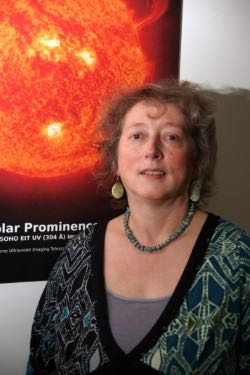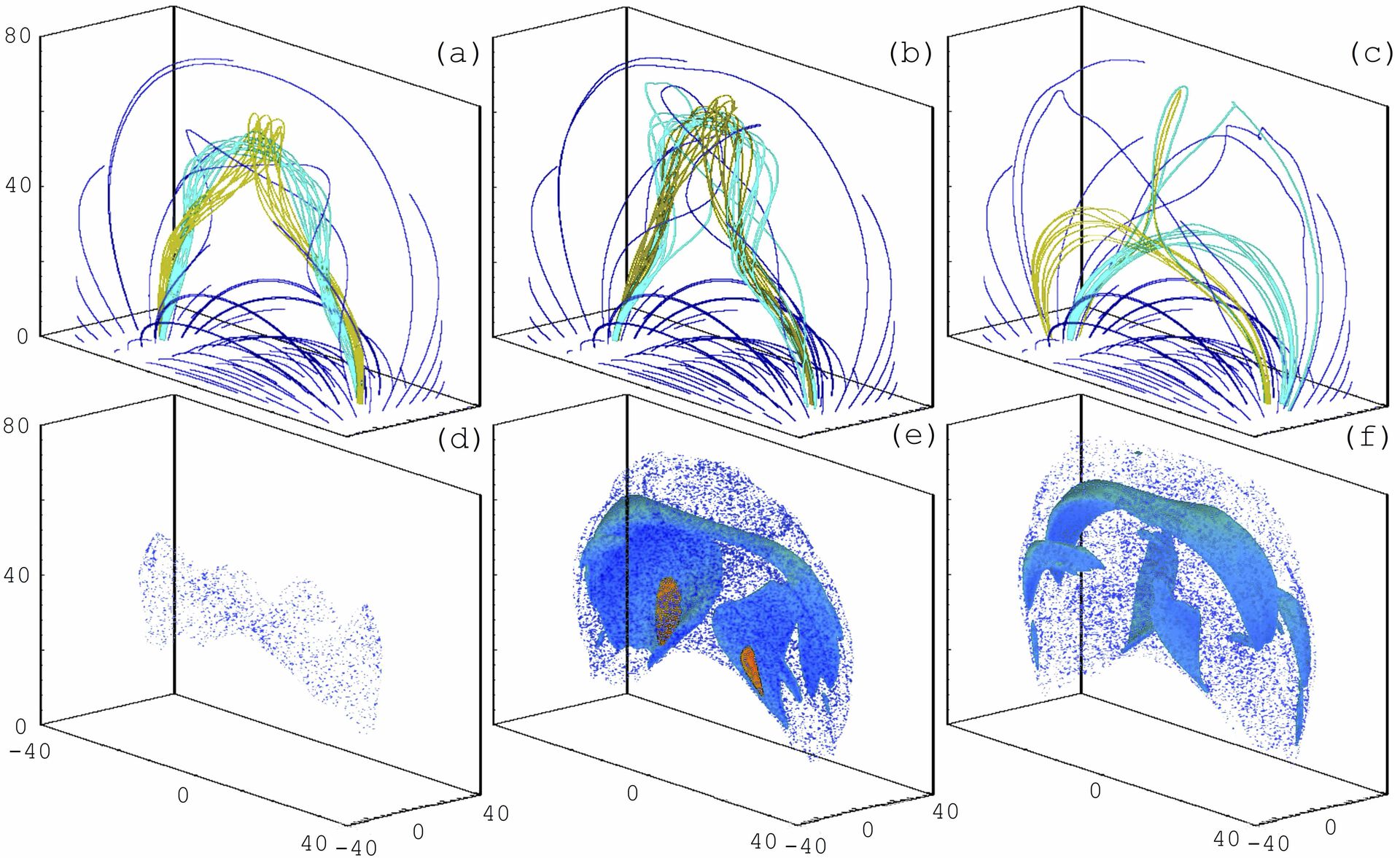
Solar flares are dramatic releases of stored magnetic energy due to magnetic reconnection, leading to plasma heating and significant non-thermal populations of energetic electrons and ions. They can impact on the Earth and our space environment, and are integral to “space weather”. A great challenge for flare modelling is to account both for the evolution of the large-scale magnetic field structure, generally well described by fluid models, and the small-scale plasma kinetic processes associated with energy dissipation and acceleration of non-thermal particles.
I will describe some recent advances in modelling heating and particle acceleration in flares within twisted magnetic flux ropes, exploiting a combination of magnetohydrodynamicsimulations with kinetic test-particle models. The ideal kink instability in a flux rope leads to the formation of fragmented current sheets, in which magnetic reconnection can both heat plasma and efficiently accelerate particles; interaction between multiple twisted flux ropes can also lead to energy release. Forward- modelling of the observational signatures of these processes in EUV, hard X-rays and microwaves will be described. “Quasi-Periodic Pulsations” are a widely-observed phenomenon in flare emission, and I will show how these can arise a natural consequence of energy release through reconnection, without any external oscillatory driving.
Extending this methodology to a data-driven approach, we can model the evolution of fields, thermal plasma and non-thermal particles in actual flare events, successfully predicting key observational characteristics of the flare, such as the locations and relative intensities of hard X-ray sources. We can thus investigate the fraction of particles which escape into the heliosphere in different flares, which has important consequences for space weather. Many other stars exhibit flares – often much more powerful than solar flares - and I will describe some recent work on modelling radio emission in flares in young stars (T Tauri stars). In particular, the enhanced radio luminosity of these stars relative to scaling laws for the Sun and other Main Sequence stars will be discussed.
